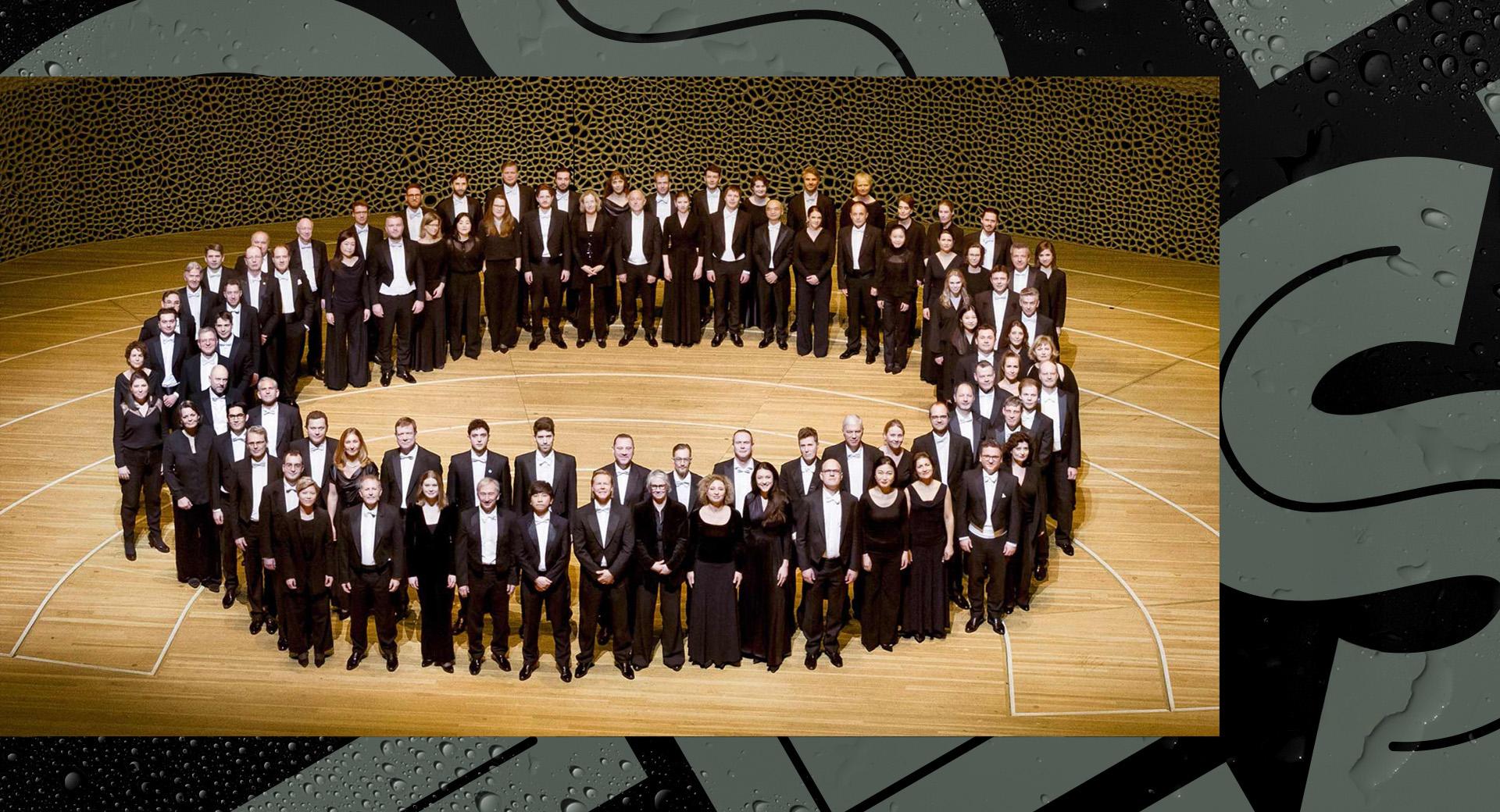Bartók & Brahms with Piotr Anderszewski
This production is part of one or more concert series.

Bagatelles – far from a bagatelle
Despite its name, this collection of piano pieces is not unimportant to Béla Bartók. Bagatelles came to define his musical expression and establish the ideas that formed the basis of his future compositions.
Bartók was a passionate opponent of German influence, both personally, politically and musically. The oppression of the various regimes and the constantly changing Hungarian borders were a source of sadness and anxiety throughout his life. For his Bagatelles, he had two clear influences: firstly, the compositions of Debussy, which he had recently come into contact with, and secondly, Eastern European folk music.
Together with his colleague Zoltán Kodált, he traveled around the Hungarian countryside in the summer of 1906. Using a phonograph, they recorded folk melodies that they were then able to carefully dissect to isolate the components of the music. There were asymmetrical dance rhythms, pentatonic scales, and sharp harmonies that Bartók had woven into his music. The influence of folk music on the Bagatelles ranges from the obvious – No. 4 and 5 are directly based on authentic folk melodies – to the more subtle. The Hungarian, dotted rhythms are heard in several of the collection’s more abstract pieces.
But the Bagatelles are more than a nationalistic project – they also contain autobiographical elements. While studying folk music in Transylvania, Bartók had met the violinist Stefi Geyer. Infatuated, he began composing a violin concerto, and wrote in a letter that the notes C#-E-G#-B# in it were her leitmotif. But Geyer broke up with him by letter before he had time to complete the concerto. On the same day that he received her letter, he wrote Bagatelle No. 13 and named it Elle est morte – She is dead. The leitmotif can be heard playing over an accompaniment that slowly progresses like a funeral march. This sowed the seeds of Bartók’s pessimistic view of women and the coexistence of women and men, a theme he later explored in depth in the opera Duke Bluebeard’s Castle.
Johannes Brahms’ last pieces for piano
Retirement is not common among the great composers of classical music. The passion for writing music seems to have burned out in the final stages of life for most, even those who lived to be older. Rossini’s retirement with 25 years left in his life during which he produced only a few works is considered one of the exceptions, and Johannes Brahms, at the age of 59, was prepared to follow in the Italian’s footsteps. Brahms seemed satisfied with what he had achieved over the years and looked forward to quiet and long summers in Bad Ischl. But after he heard the clarinetist Richard Mühfeldt play, his flame was rekindled. He wrote a series of works, including for clarinet, where opus 116 to 119 were his last compositions for piano.
When the pianist Brahms composed for other instruments, he drew on the expertise of other musicians. But the piano was his, and this is evident in the intimacy of the late piano pieces. They are like a concentrate of ideas, compressed and reduced to a careful selection of musical expressions. In the dense texture of these small works, each note contains an entire world.
At the time of composing, Brahms had lost many close people. Of the 20 pieces that make up the four opus numbers, 13 are in minor. Thoughts of death and farewell are present in the melancholic music. The concluding sixth movement of Opus 118 is even based on variations on the Dies irae theme from the Latin funeral mass.
Brahms has called the three intermezzos in Opus 117 “lullabies for my sorrow”. The opening movement presents a singable melody, reminding us that many years earlier he had written the most famous of German lullabies. In the middle section, the aging master takes over with a brooding elaboration of motifs, before we are once again met with the melody from the first section.
Opus 116 begins and ends with a stormy capriccio in E minor. In between we encounter a collection of intermezzos and a fiery capriccio in G minor – a masterpiece in miniature.
Opus 119 presents three intermezzos followed by a concluding rhapsody, composed in the accepted heroic key of E flat major. But instead of ending in triumph, darkness takes over. The piece plunges into E flat minor and culminates in a rebellious, sure-fire ending. You can almost hear Brahms muttering “That’s enough” as he completes this, his last work for piano.
Text: Clara Mårtensson
Ticket purchase
Bartók & Brahms with Piotr Anderszewski
3 september
- Buy tickets
3 September 2025 ● wednesday 19:00
Seats left
Read more about this year's festival
This year’s edition of the Baltic Sea Festival offers magnificent concerts and exciting discussions focusing on nature, creativity, collaboration, and music. Read more about the festival.










